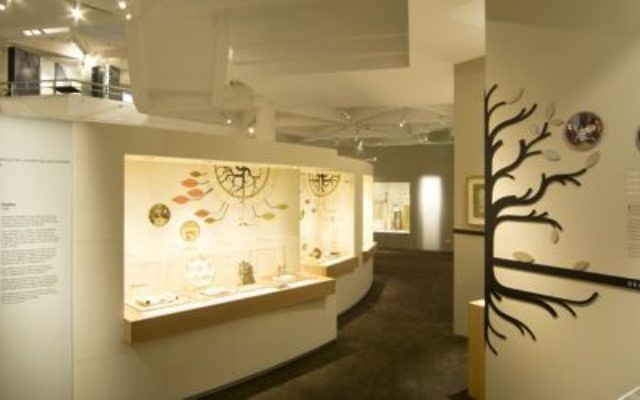Sharing Shoah testimony without the witnesses
THE Sydney Jewish Museum (SJM) is preparing for a future without Holocaust survivors as it launches its 2012 capital appeal and marks its 20th anniversary.
THE Sydney Jewish Museum (SJM) is preparing for a future without Holocaust survivors as it launches its 2012 capital appeal and marks its 20th anniversary.
The appeal hopes to raise funds for various projects that will keep history alive by increasing educational facilities for school students and enabling the installation of digital, interactive displays in place of survivors’ first-hand testimonies.
SJM president Professor Gus Lehrer stressed the importance of improving and evolving the museum, which he said is now established as a major centre for education, research and commemoration of the Shoah.
“It has become one of the important destinations for policy-makers in Australia, and for thousands of people annually,” he said.
“It plays an important role in fighting anti-Semitism through its education programs, which combat Holocaust denial, and provide a window to the Jewish community for the world.”
Lehrer also highlighted the fundamental role of Holocaust survivors for the museum’s vitality, authenticity and impact. He said that for two decades they “have been the backbone of these programs”, adding “now we need the museum exhibits to speak more for themselves.
“We therefore intend to use the funds raised in our capital appeal for three main purposes,” Lehrer said.
The museum intends to create a new section called The Centre for Human Rights and the Holocaust, which will allow the exhibits to tap into the schools’ social science, history and English syllabuses. There will also be a new education centre and plans are in place to rethink, reconfigure and refurbish the Holocaust exhibitions.
“We will use electronics to layer information, and while nothing can replace the experience of being addressed by a survivor, we will do our utmost to ensure that their memories will be preserved,” Lehrer said.
Museum CEO Norman Seligman added that the rapid increase in student-visitation numbers to the museum makes these changes even more essential.
“Nearly 17,000 school students and an equal number of adults visit the museum annually.
“It is vital for us to take the next step in our evolution and prepare for a future when our Holocaust survivor guides will no longer be present to relay their experiences and personal messages,” he said.
“It is also important that we incorporate new state of the art technologies as part of our ongoing education program.”
The museum will host four major-donor dinners, four cocktails parties and a volunteer high tea over its upcoming two-week capital appeal period.
CASSILEE KAHN


comments